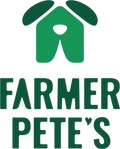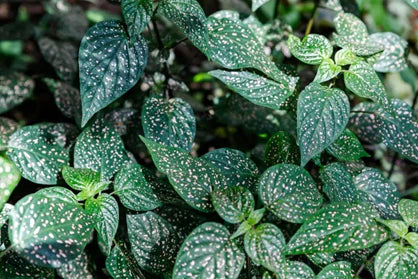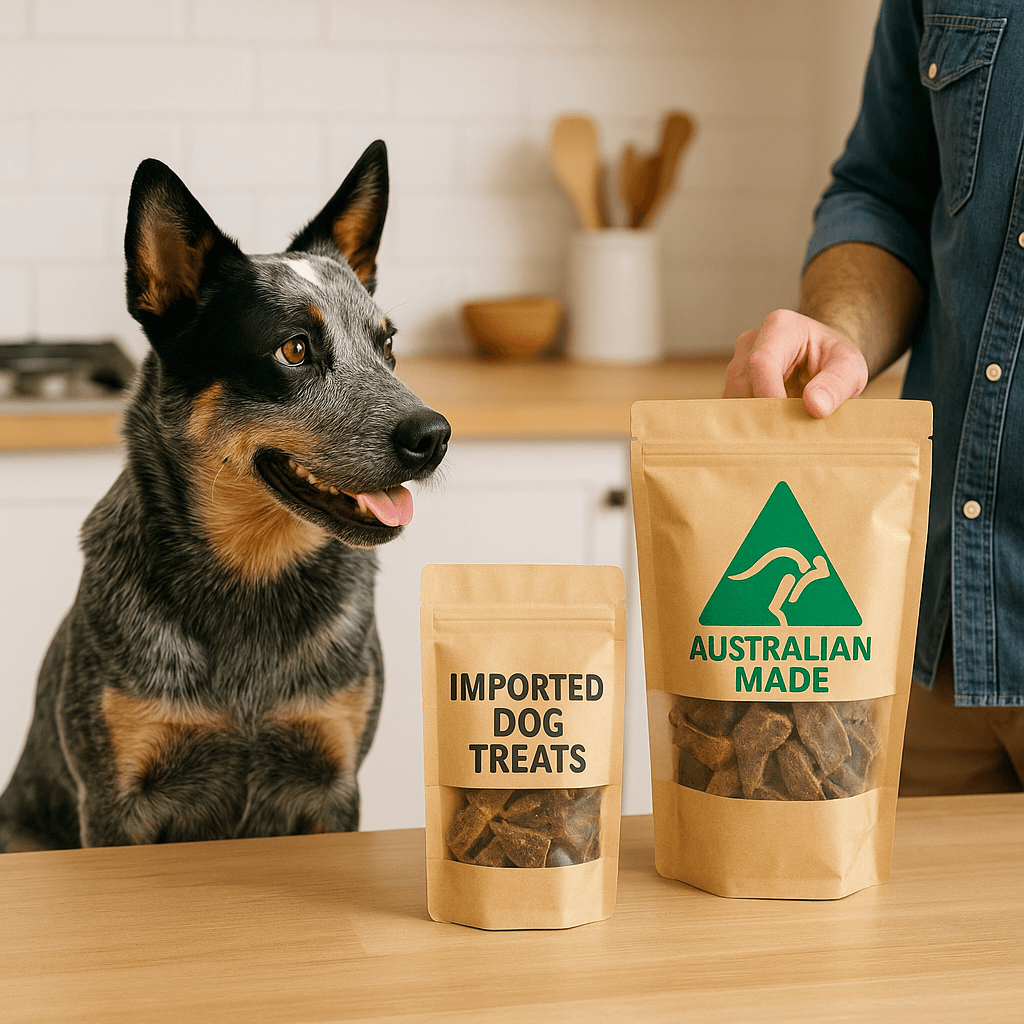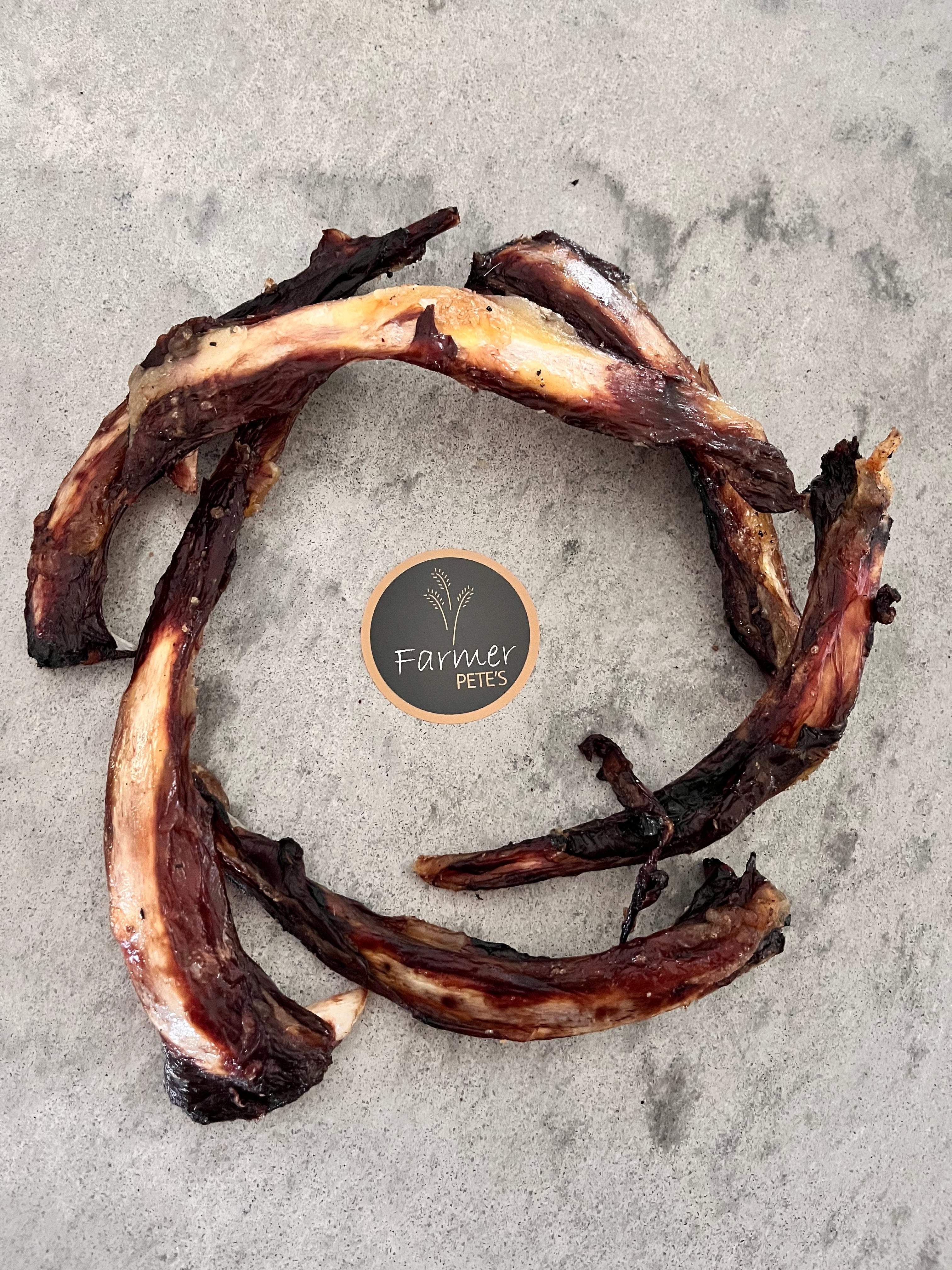It wasn’t until I got a curious puppy that decided to chew on everything possible including my plants that I asked the all-important question of “Are my plants safe for my pup if she chews or ingests them.
I soon found out that this is an incredibly important issue to address as some houseplants, such as lilies and sago palms, are extremely toxic and can have a devasting impact when brought into homes with curious pets.
However, though there are plenty of houseplants that have some level of toxicity, there are plenty of pet-safe plants to choose from.
Opting to keep only non-toxic plants in your home is a wise choice, particularly if you have (like me) pets or small (grand) children who tend to let curiosity get the best of them and explore, explore, and explore some more!
Read on for our top choices of pet-safe houseplants and why these plants will make a great addition to your home.
11 Pet-Safe Indoor Plants For Australian Dogs and Cats
While this is by no means an exhaustive list, below are our top choices for pet-safe, non-toxic houseplants that will make a welcome addition to your home. We’ve selected a wide range of plants, from cacti to tropical specimens, and included a bit of information about what makes them special and how to care for them to help you choose the right plants for your pet-friendly home.

1.Boston Fern (Nephrolepis exaltata)
Boston ferns have feathery, lush green fronds and are safe for dogs. Lush, green Boston ferns add colour and interest to living rooms and bedrooms where their foliage is full and has a traditional feel. Like other ferns, Boston ferns require high humidity levels and should be placed next to a humidifier, misted daily, or perched on top of a pebble tray. If you have a brightly lit bathroom, Boston ferns would be the ideal plant to keep there, as low humidity levels can cause these plants to drop leaves and turn yellow. Preferring bright, indirect light and consistently moist soil, Boston ferns have low fertiliser needs and only need to be fed several times a year for optimal growth.

2. Haworthia (Haworthia spp.)
If you love the look of aloes but you have pets, choose haworthia instead. While aloes are known to be toxic to cats and dogs, haworthia are pet-safe, while their pointed, architectural spines give off the look and feel of aloes. As succulents, haworthia require minimal upkeep and maintenance, requiring bright, indirect light and minimal, monthly watering’s. For more variety, check out the different species of haworthia – there are many different shapes, sizes, and colours to choose from!

3. Spider Plant (Chlorophytum comosum)
No pet-friendly plant list would be complete without mentioning the ever-popular spider plant. This easy to care for plant comes in solid green and variegated varieties and prefers bright, indirect light and moderate watering, generally requiring weekly watering during the growing season. Spider plants are known for their long, arching leaves with white stripes. They are safe for dogs and can add a touch of green to your indoor space. Spider plants are low-maintenance and can tolerate various light conditions.

4. African Violet (Saintpaulia)
African violets are small, flowering plants with colourful blooms. With thick, furry leaves, African violet flowers come in a range of colours, from white to pink to dark purple. Although easy to care for, African violets do best when potted in a soil designated specifically for them, while fertiliser marketed for African violets can keep them looking in tiptop shape. When watering your violets, allow your plants to dry out between watering’s to encourage flowering and avoid getting water on plant leaves, which can cause spotting.

5. Watermelon peperomias
Are rapidly gaining popularity in the houseplant industry due to their interesting, shiny and patterned leaves that are said to resemble watermelons. A native of South America, watermelon peperomias have a compact growth habit and require bright, indirect light and average indoor humidity levels. If you notice your plant’s leaves beginning to show signs of deformation, try fertilising your plant with a bit of calcium, such as can be found in crushed eggshells, which can help with proper improve leaf formation.

6. Air plants
come in a range of shapes and sizes and all of them add fun and charm when used to highlight your houseplant collection. Whether you place them on a shelf or hang them from a basket, air plants are easy to care for and require only bright, indirect lighting and adequate humidity levels. Only blooming once in their lifetimes, when your air plants do flower, expect brightly coloured, show-stopping blooms.

7. Burro’s Tail (Sedum morganianum)
A succulent known for its trailing growth habit and fleshy leaves that appear to grow in a woven formation, burro’s tail is an easy-care plant that is sure to please. Perfect for hanging basket displays, this heat- and drought-tolerant plant requires bright light and minimal, monthly watering’s. Warning: little people often like throwing the leaves around the house and pups love fetching them.

8. Polka Dot Plant (Hypoestes phyllostachya)
Polka Dot Plant are brightly coloured, has variegated leaves with colourful spots. Polka Dot plants come in white, pink, purple and red. Requiring bright, indirect light and high humidity levels of at least 50%, try planting your polka dot plant in a terrarium to ensure adequate and consistent humidity levels. It prefers bright, indirect light and regular watering to keep the soil consistently moist if not in a terrarium.

9. Moth Orchid (Phalaenopsis spp.)
They thrive in bright, indirect light and require careful watering to avoid overwatering. Orchid bark or a well-draining potting mix is ideal for them.
When people hear the word “orchid,” they often think of difficult and demanding plants with complicated care requirements. Although this may be true of some orchid varieties, the moth orchid are elegant flowering plants that are safe for dogs and is one of the easiest to care for orchids. A native of Asia and Australia, moth orchids grow as epiphytes on trees and so prefer a well-draining, bark-based substrate marketed for orchids. With blooms coming in white, yellow, salmon, pink and purple, moth orchids add style to any room and, as they can tolerate some shade, look particularly striking when placed on a coffee table for a pop of colour.

10. Christmas Cactus (Schlumbergera)
Also known as the Zygocactus. Christmas cacti’s name is a bit of a misleading term as these plants are technically succulents. Growing in fleshy, green segments, Christmas cacti are named after the time when they bloom, which is generally around the Northern Hemisphere winter from November to January. While blooms can come in white or yellow, you are most likely to spot a Christmas cactus with pink blooms, that are quite large and tropical looking. As a succulent, Christmas cacti need minimal water, preferring to be watered approximately every 3 to 4 weeks, or when the top third of soil is dry to the touch. Christmas cacti are non-toxic to dogs and produce beautiful, festive blooms.

11.Ponytail Palm (Beaucarnea recurvata)
Funky ponytail palms are a perennial favourite, and it’s no wonder why. With long, green leaves perched atop a bulbous “trunk,” ponytail palms look like something straight out of Dr. Seuss. An easy-care plant, ponytail palms are not palms at all, but are more closely related to yucca and agave. Native to Mexico, ponytail palms prefer bright light and minimal moisture and should only be watered when the top 2” of soil are completely dry to the touch.
Conclusion, Having House Safe Plants For Your Pets
Most of us have long struggled with the difficulty of keeping plants in homes where curious pets reside. Pet-safety is certainly an issue of concern if you intend to keep houseplants; however, with a little bit of research and planning, you can be sure that you only purchase non-toxic plants that are safe to keep around pets and small children.
Remember that even though these plants are generally safe for dogs, individual dogs may have different sensitivities or allergies. It's always a good idea to monitor your dog's behaviour around plants and consult a veterinarian if you notice any signs of illness or ingestion of plants.
Pet-safe houseplants come in a range of shapes, colours and growth habits and can include succulents, cacti, and tropical plants.
There is no need to feel that your houseplant collection needs to be limited because of your pet. Just research, plan and use this guide to make safe houseplant choices and you’ll be growing a pet-friendly indoor garden in no time.



